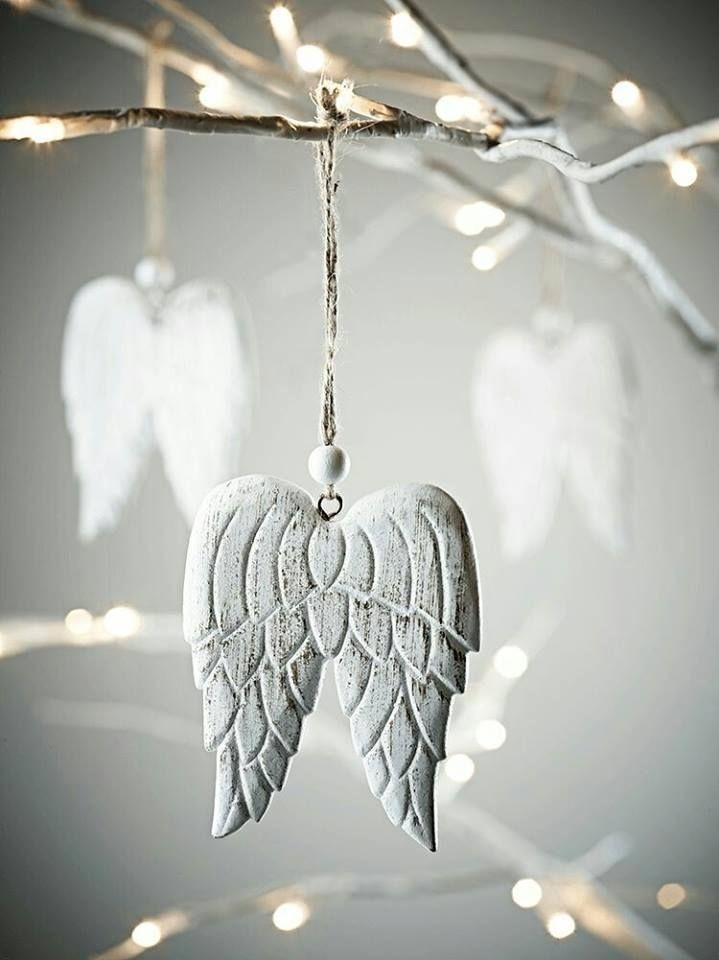The Art of Returning - African Rituals for Emotional Restoration
- Koöko Fleurs
- Sep 10
- 2 min read

African art therapy for adults is not merely a practice—it is a return. A return to rhythm, to ritual, to meaning. It invites us to reconnect with ancestral wisdom, to express what words cannot, and to transform pain into beauty.
There are moments when healing must reach beyond language. When grief settles in the bones. When identity feels scattered across generations. When silence becomes too loud. In these moments, African art therapy offers a rhythm beneath the noise—a way to create not as artists, but as rememberers. To sculpt masks that hold sorrow. To weave textiles that carry joy. To drum the heartbeat of survival.
In this practice, art is not decoration. It is declaration.
“I am here. I have felt. I am still becoming.”
The materials are humble—clay, bark, beads, feathers. Yet their meanings are vast. A red bead may hold a mother’s strength. A black stripe may honor a lost ancestor. A golden circle may whisper of hope. These symbols become therapeutic tools. A mask might hold grief. A drumbeat might release anger. A woven textile might restore balance.
Healing is not solitary. It happens in circles. In shared silence. In mirrored courage. You do not need to explain your pain. You may paint it. You may drum it. You may bead it into a bracelet and wear it until it softens. You may sit beside others who are also remembering. You may cry without apology. You may laugh without guilt. This is not therapy that fixes. It is therapy that holds.
Across the continent and diaspora, traditional art forms—beadwork, mask-making, textiles, sculpture, and drumming—are used to process trauma, reclaim identity, foster resilience, and restore spiritual and emotional balance. Programs like Ubuntu Art Therapy Project in Kenya and Art for Life in South Africa support adults facing gender-based violence, HIV/AIDS trauma, displacement, and intergenerational loss. In these settings, textile weaving becomes a meditative ritual. Drumming circles regulate emotion. Mask-making externalizes inner states. Sculpture and collage become storytelling vessels.
Art becomes a mirror, a container, and a bridge.
In a quiet studio in Nairobi, a woman named Amina sat before a blank wooden mask. Her therapist invited her to paint her story. She chose black for the grief she carried. Gold for the joy she remembered. Red for the strength she reclaimed. As she painted, she whispered:
“This is my silence. This is my song. This is my survival.”
When the mask was complete, she placed it on the wall beside others. A gallery of healing. A constellation of courage.
African art therapy does not ask you to be strong.
It asks you to be honest.
To be rhythmic.
To be whole.
And when the mask is complete, many adults whisper:
“This is my memory. This is my mirror. This is my healing.”











Comments